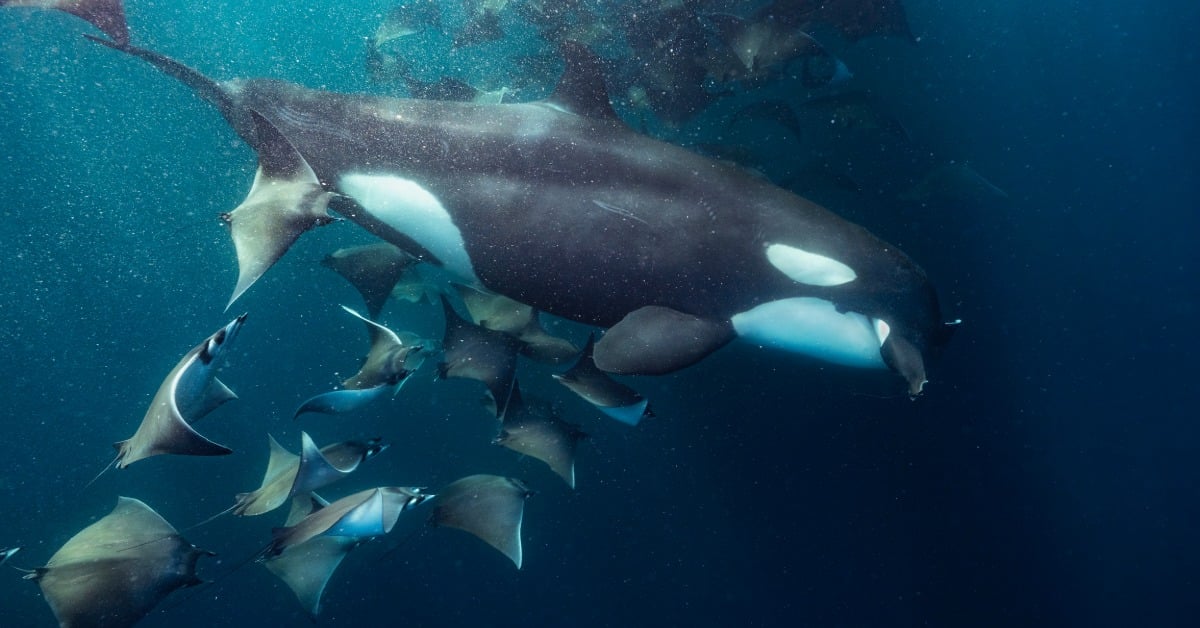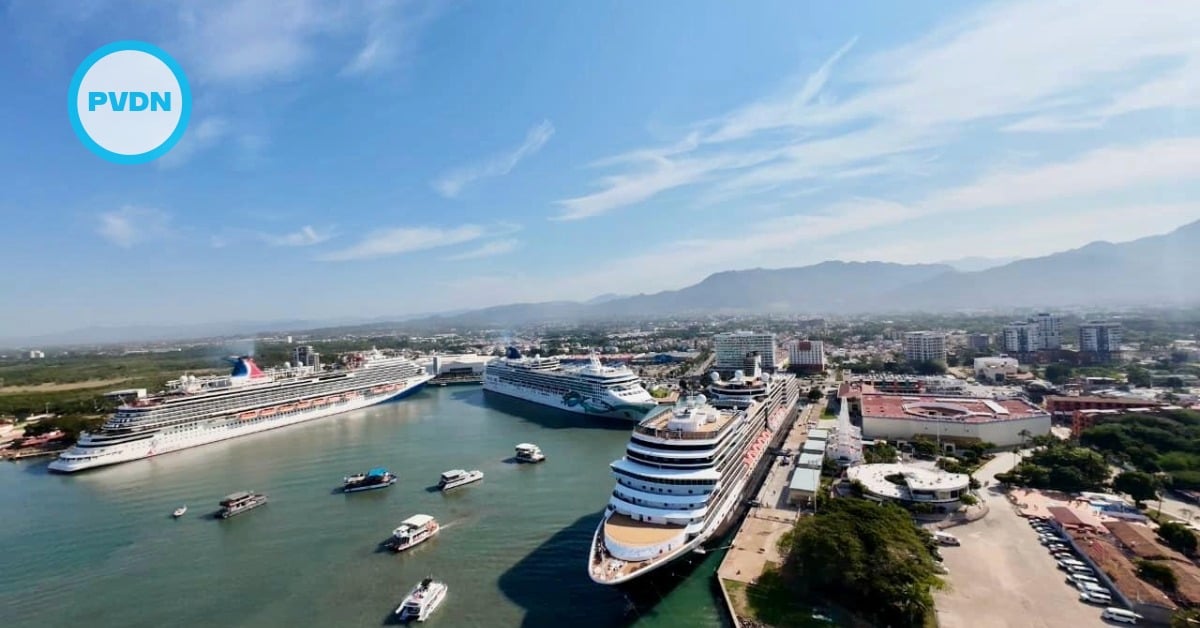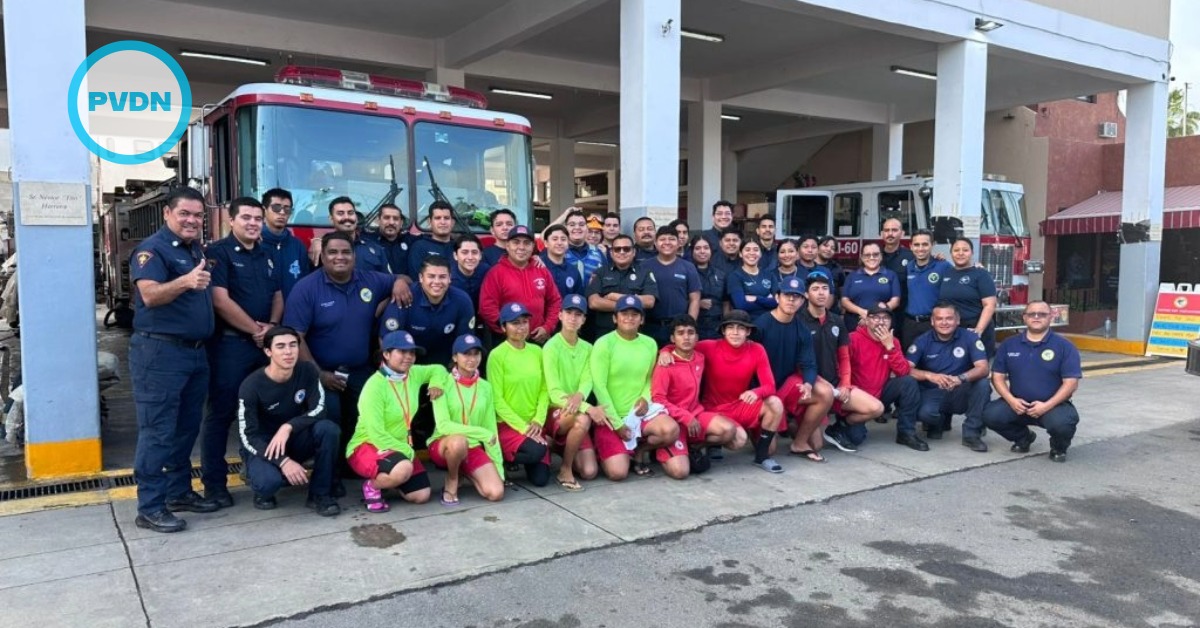Baja California Sur has become the first Mexican state to set formal rules for orca watching and swimming, introducing a tightly controlled management plan in the waters near La Paz. The framework limits daily boat traffic, sets strict approach distances, and regulates when swimmers can enter the water — all aimed at protecting one of the Gulf of California’s most iconic species. But the path to this landmark policy, and what it could mean for the state’s marine tourism industry, is a story still unfolding . . .







